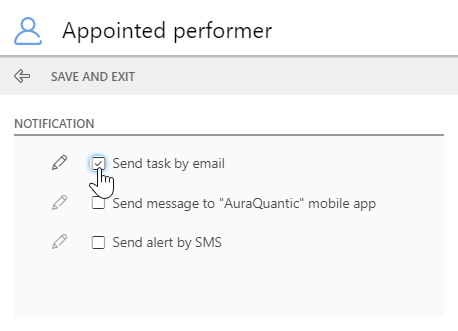Intranet and extranet:
Definition and types
The intranet is a private network system designed to facilitate collaboration and communication between people and teams, empowering users with the information they need to perform their activities. Part of the intranet must allow for unlimited employee portals for different work areas, such as sales teams, the legal department, IT or managers.
Extranet is the part of the company’s intranet that is made accessible to other companies or external organizations, with which they collaborate or have a business relationship. The most common extranet portals are for customers, distributors, citizens, suppliers, advisors and collaborators.
Unlimited and customized creation of intranet and extranet portals

Work environment by type of user
The virtual spaces, pages or sites can be customized according to user roles and permissions. These spaces centralize all the data, graphics and applications that a user needs for day-to-day activity.
Also, you can control when and where data should be visible and how to interact with it.

Drag & drop design
Portals and their content are designed using a graphic editor that does not require technical knowledge.
Content distribution is structured in pages, sections and publication spaces.

Task management
Users can receive tasks via different channels:

UX navigation
Navigation is intuitive and includes UX features like dropdown menus, effects, transitions, etc.

Dashboards and charts
The data generated by the business processes, applications and other elements of the platform can be viewed in dashboards and graphs.

Multi-device
Easy access to the organization’s intranet and extranet from any device, regardless of the screen resolution.

Multilanguage
AuraQuantic can work simultaneously in fourteen languages, allowing each user to choose their preferred language to navigate the platform and the created solutions.
Advantages of using intranet and extranet
Increases employee
productivity levels.
Improves employee
workflow.
The learning curve
is shorter.
Externals can participate directly in the company’s processes.
Guarantees direct collaboration with customers, suppliers and other external users.
